Fashion in the early decade of the 20th century changed slowly and the previous century was a strong influential factor in the fashion of this time. This was a time when women were mostly confined in their homes. Generally, their job was to do household work and take care of their children. This picture may be different for the upper-class women but was very common for the middle class and lower-class women. However, the industrial revolution brought some changes in this scenario and more women started to work outside their homes. These factors had an impact on the 1900s-1910s fashion. This article discusses the details of the Edwardian dress. But if you are looking for a complete fashion guide for Edwardian fashion, click here!
Edwardian dress styles:
Generally, this particular fashion era is called the Edwardian fashion era. Edwardian fashion for men and women had some unique patterns. 1900s women’s clothes were well-ordered with a combination of nature. Chiffon, linen, silk, satin, etc. rich fabrics were used to make the dresses. Dresses were well designed with beads, buttons, and ruffles. Lace was a standard medium of decoration and Irish crochet was a good substitute for people who couldn’t afford lace. Light and soft pastel colors were used. Sometimes, the use of traditional black and white colors in Edwardian dress patterns was a representation of elegant fashion.
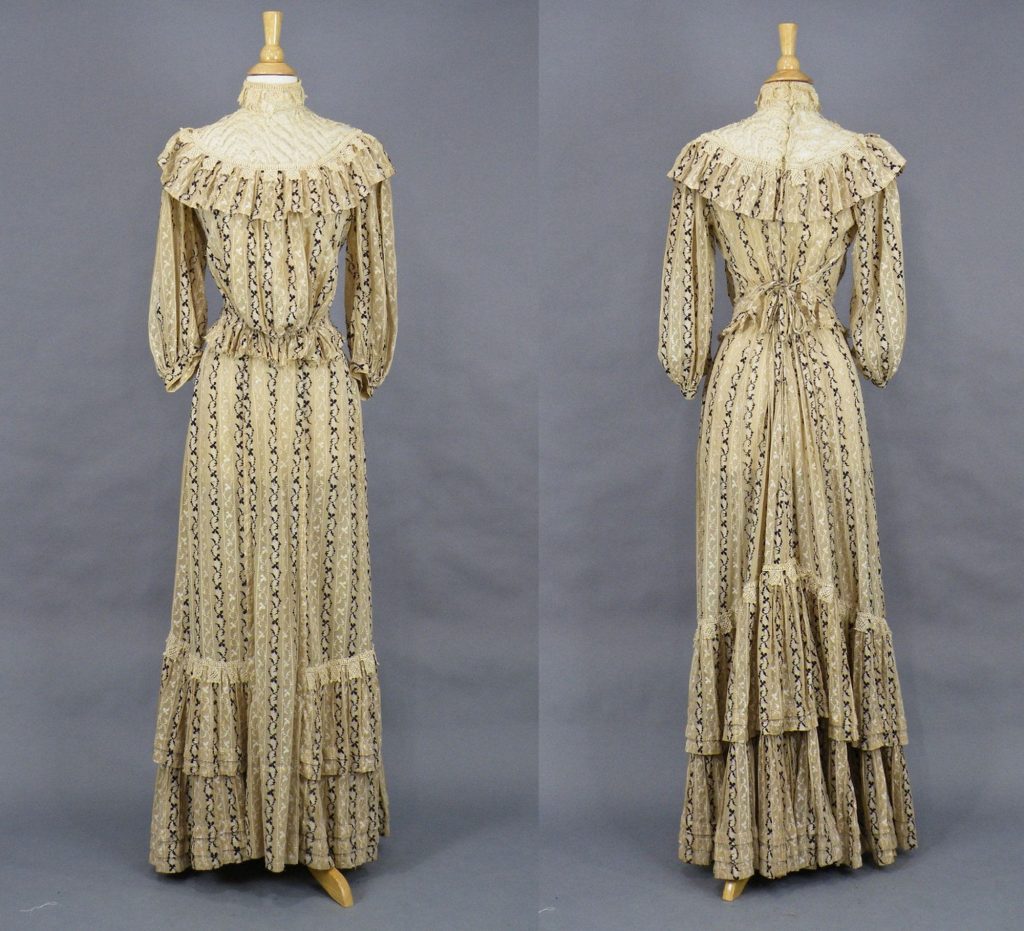
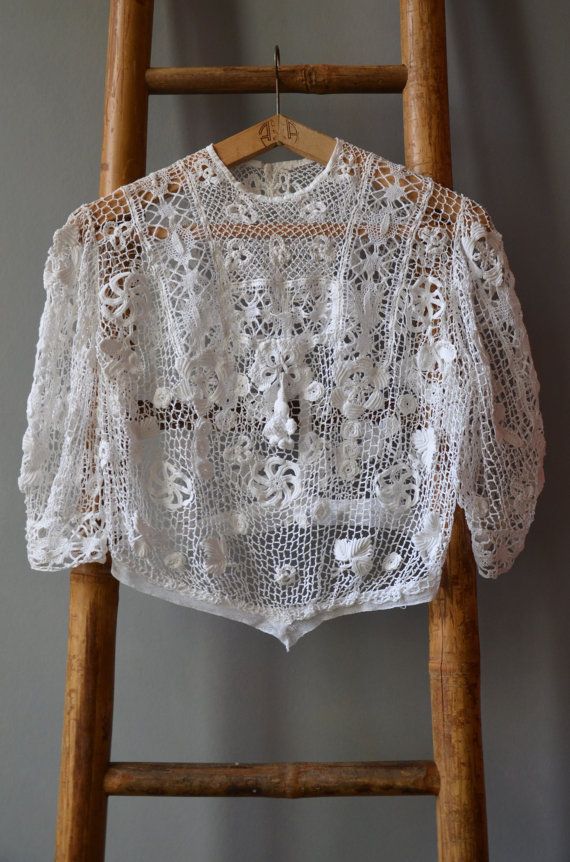
Gowns were popular choice during both the Victorian and Edwardian era. But blouses and skirts were comfortable as well as popular in the 1900s fashion. They were an important part of an Edwardian women’s wardrobe. Blouses were usually cotton made. Edwardian women liked them in white or simple pastel colors. Frills, ruffles, bows, pintucks were used to decorate the blouse. Lace blouses with buttoned-up back were very popular.
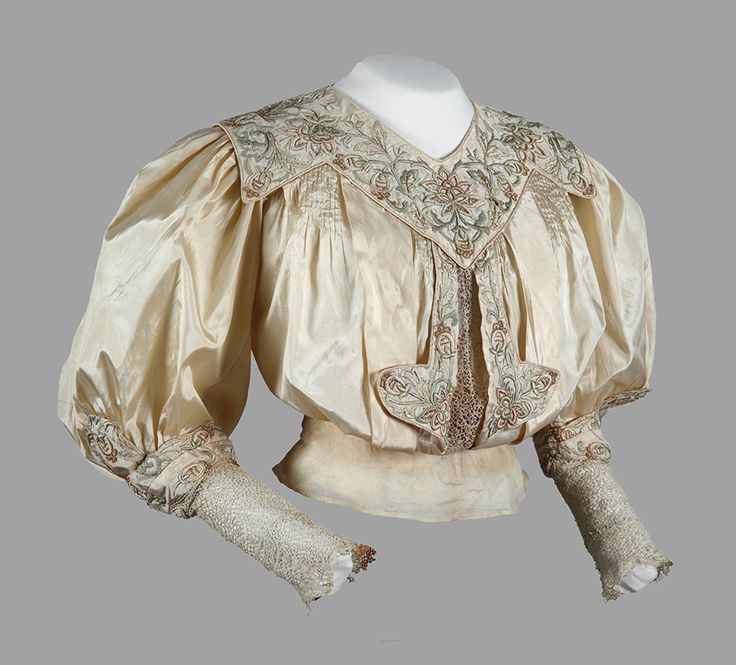
The skirts were long from the waist to the floor. Skirts usually came in darker colors and different designs. Plain skirts were used for regular use. Skirts decorated with frills, beads, and laces were used for occasions or social events. The skirt and the bodice were worn as one piece sometimes which looked like a “gown”. Or sometimes, a matched wide belt was used over the skirt to marry them together.
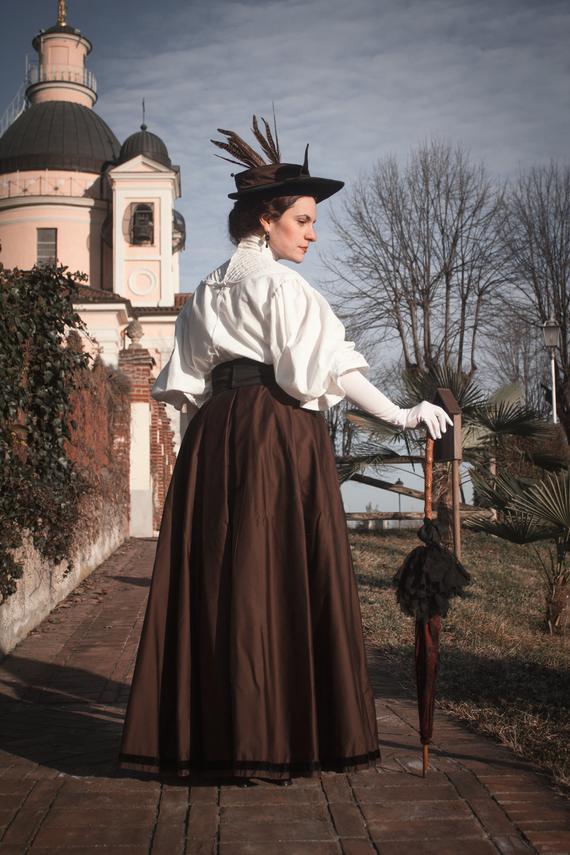
Edwardian Corsets:
The corsets in these days were designed in such a way so that they could bring out the S shape of a female figure. These were called the S bend corset. S bend corset was the most fashionable one. This was also called the “health” corset. These corsets were made of silk, linen, cotton, silk, or sometimes jeans. These corsets pulled the shoulders back, raised the chest, and pushed the hips forward. As this corset put less stress on the front of the abdomen directly, it was thought to be better for the women. They occasionally had fancy decorations with ribbons, bows, or lace. Sometimes, bust bodices were worn over the corset to complement the dress structure and construct the preferred silhouette.
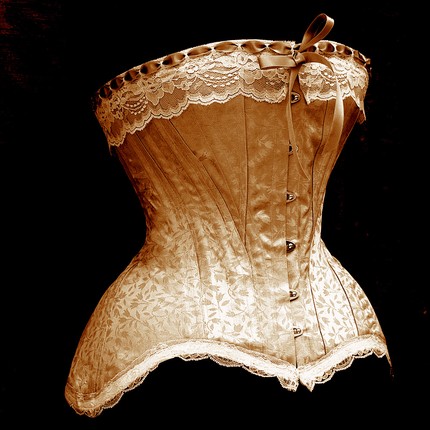
Edwardian Dress Neckline:
The conservative dresses covered full body, from neck to toe. Both the dresses and blouses usually had very high necklines. The Edwardian day dresses also had the “modest” neckline. However, the evening dresses were designed with more revealing necklines or off shoulders.
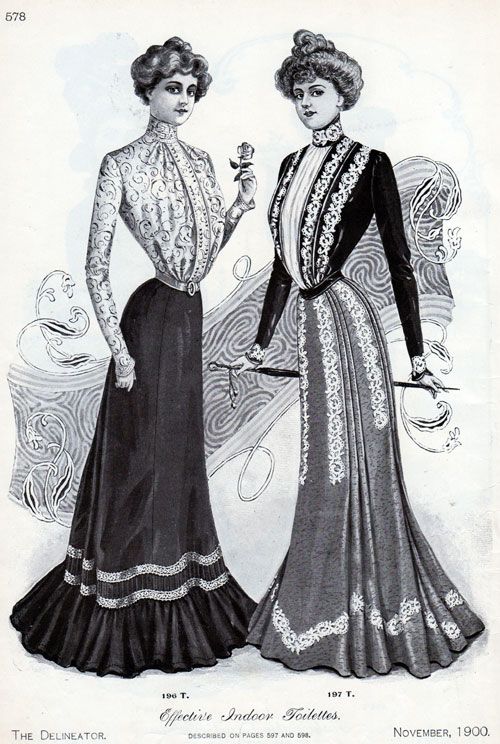
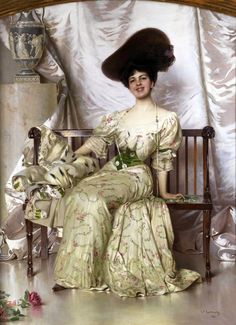
Sleeve design for Edwardian Dress:
Long sleeves were common during those days. Full sleeves generally fitted from the shoulder and extended till the wrist. Sometimes they narrowed down from the elbow till the wrist or sometimes got wider and had frills or different designs. As the evening dresses had a more revealing design they sometimes had short sleeves or without sleeves. The short sleeves also had different shapes and designs. The blouses had fluffy long sleeves or short sleeves. But no matter how the sleeves were Edwardian women loved to wear gloves.
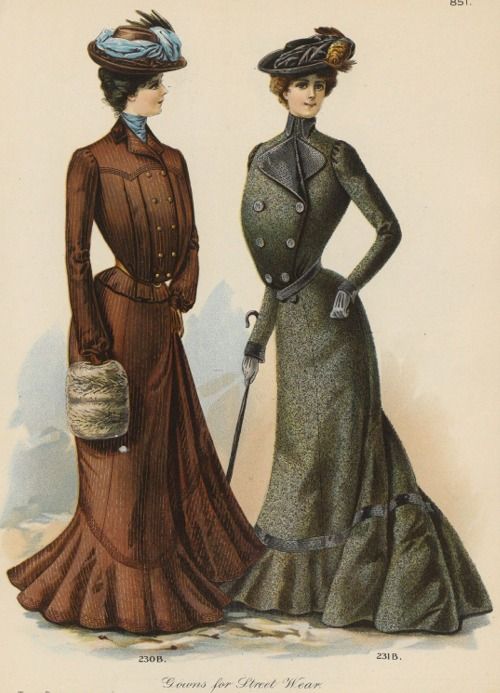
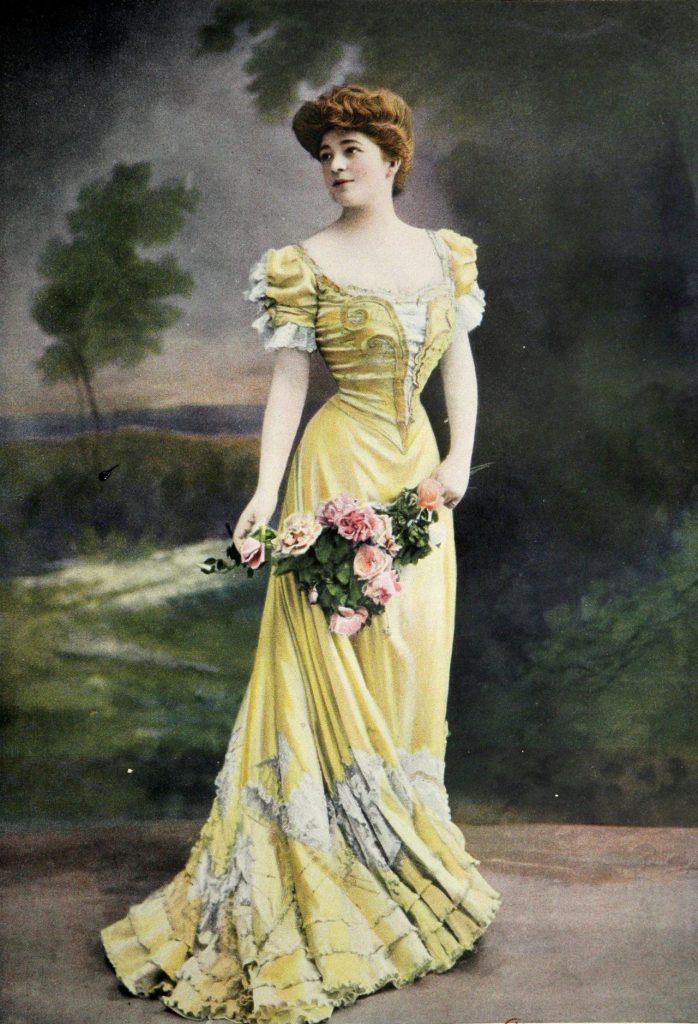
Edwardian Sewing Patterns:
The early 20th definitely had different sewing patterns from now. Making various dresses was time-consuming and comparatively difficult in the previous days. But the Industrial Revolution increased the use of technologies and made manufactured goods available. The invention of the sewing machine was a significant milestone in the era. Women became able to design and sew their own dresses. Tailor-made dresses became more popular and essential for the women of the 1900s. Although sewing patterns depended on the dress design, the basic structures mainly followed the same pattern.
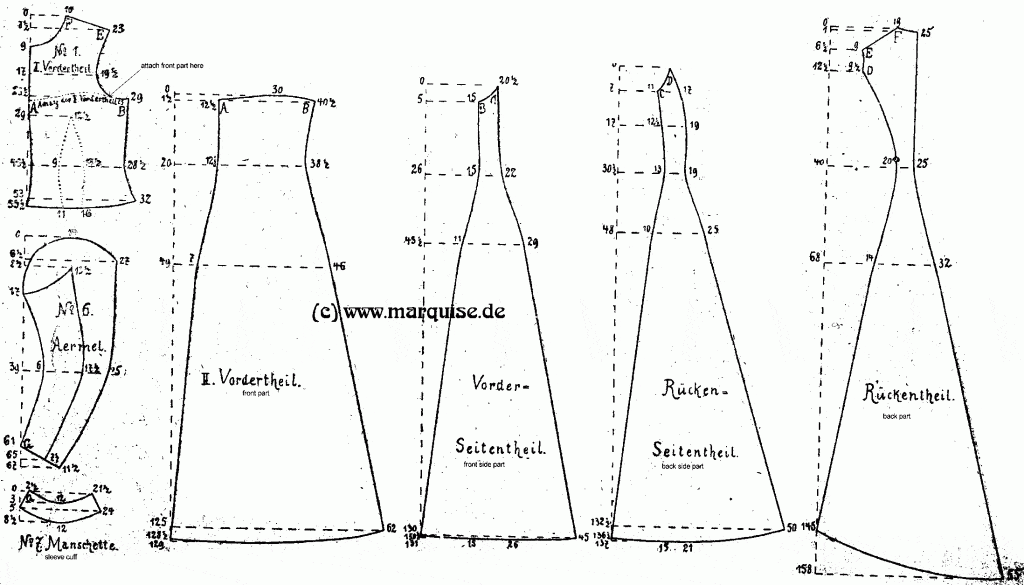
However, skirts and blouses followed different kinds of sewing patterns than the dress.
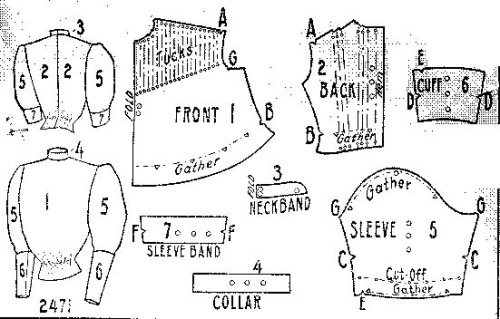
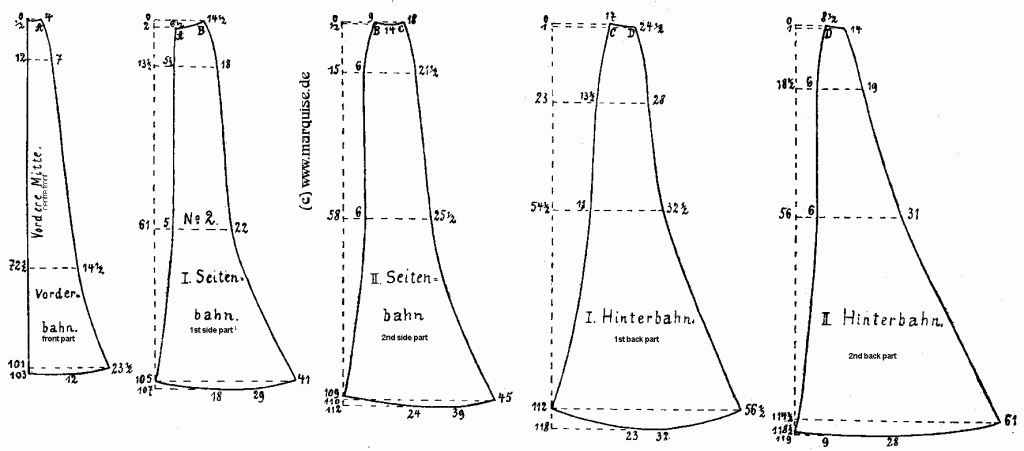
Edwardian Dress for the poor:
The 1900s fashion was quite constant at the beginning of the era. Although the upper class and upper-middle-class women could afford plenty of dresses, the poor women only owned a few regular outfits. They had a few dresses for special occasions. Most of them were second hand bought.
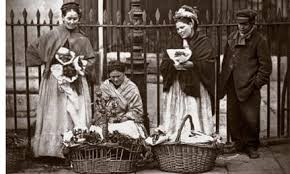
Dresses during the WW1:
The world war I broke out in 1914 had some effects on women’s dress. During the war, the dresses became more practical and masculine. Trench-coats, jackets, and breeches were cut in a special shape for women serving for the war and became the ww1 fashion.
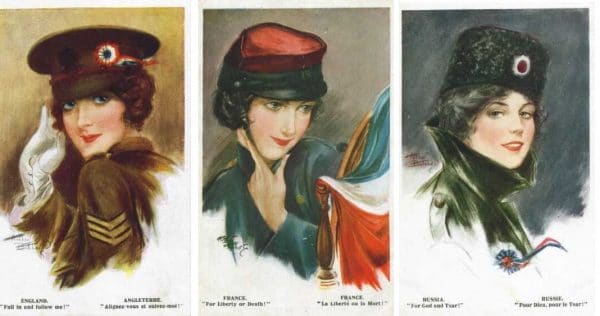
Paul Poiret was one of the most popular fashion influencers in those days. He brought changes in the corset style and dress design. He liberated women from the corsets and brought straight silhouettes. This made fashion for the 1900s women easier. He established the fashion of simpler short skirts which is similar to the present fashion.


